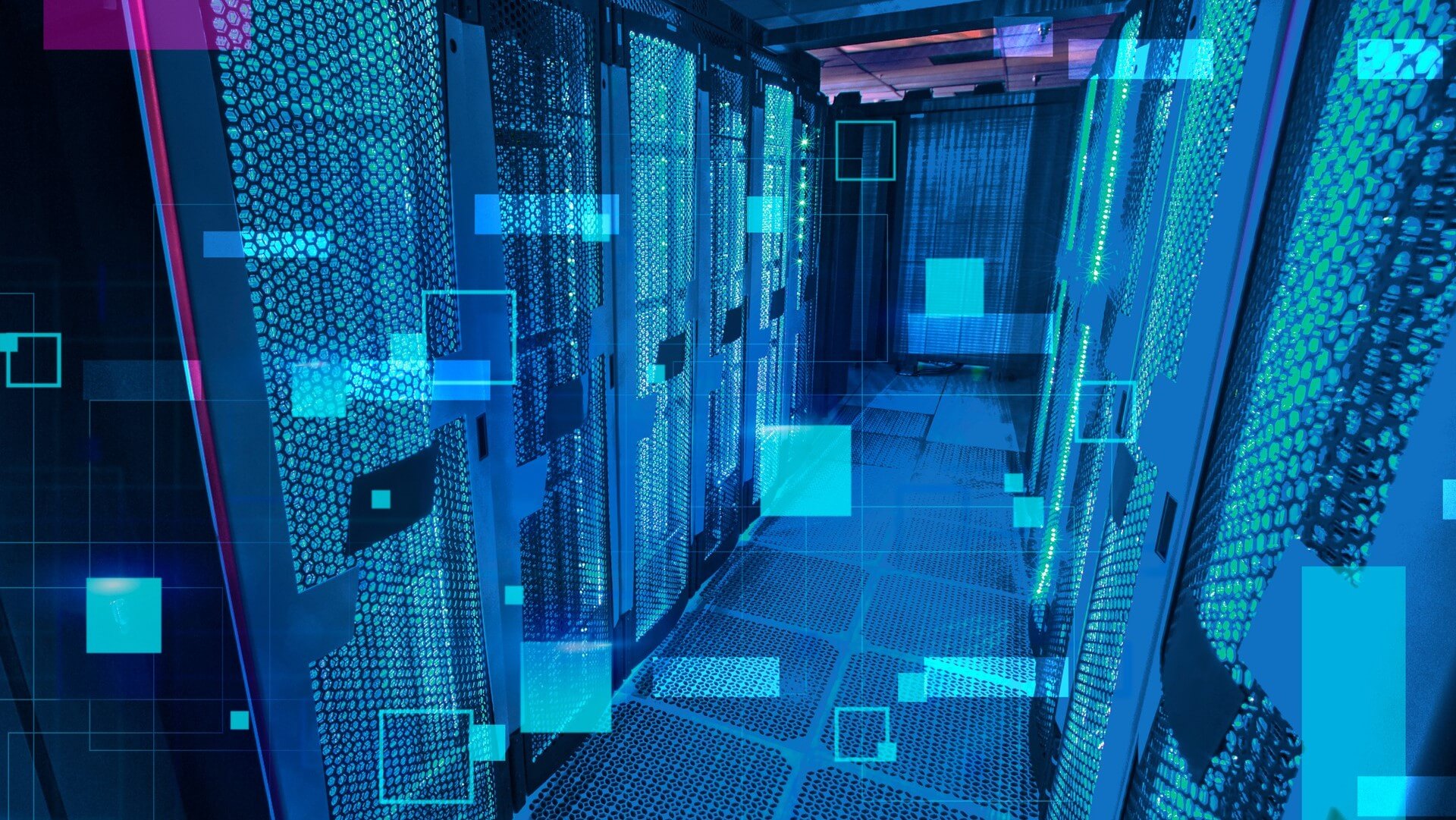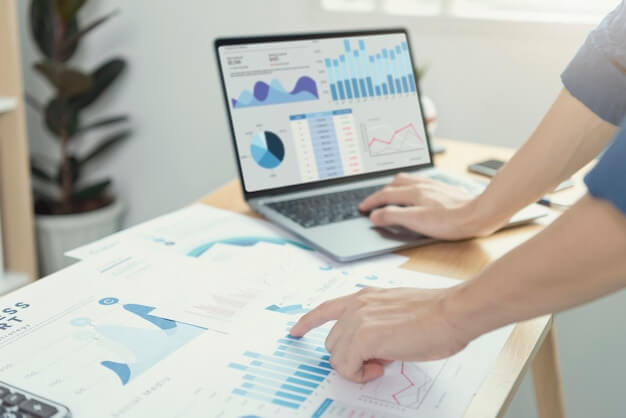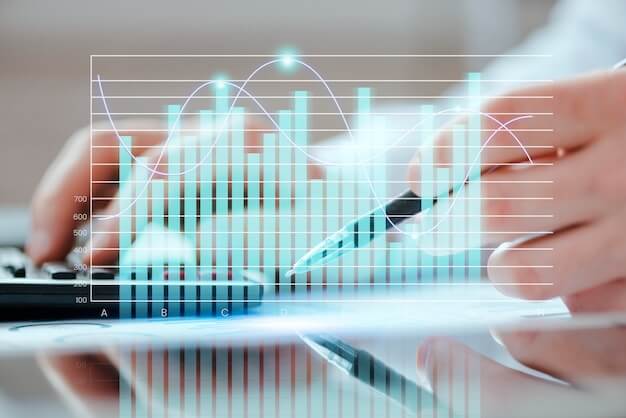
Real-time replication of assets can increase efficiency and improve decision-making
The digital twin is a technology for real-time virtual modeling of objects, from buildings to entire cities, an emerging concept that could transform the built environment and real estate industry in many ways.
"Infrastructure in cities, from light poles to buildings, is digitizable," explains Kevin Danehy, CEO of North America at Willow, an Australian company that sells its WillowTwin digital twin platform globally. "This data can create value, such as predictive analytics."
Large public facilities such as airports, transportation systems and stadiums are also turning to the use of digital twins to aid operations.
Not a new concept, but increasingly cost effective
The digital twin may also eventually become a common tool for operating and managing office or apartment buildings. According to Danehy, digital twins can be used for building operations and to optimize efficiency, but more importantly, to create value through predictive analytics of building data.
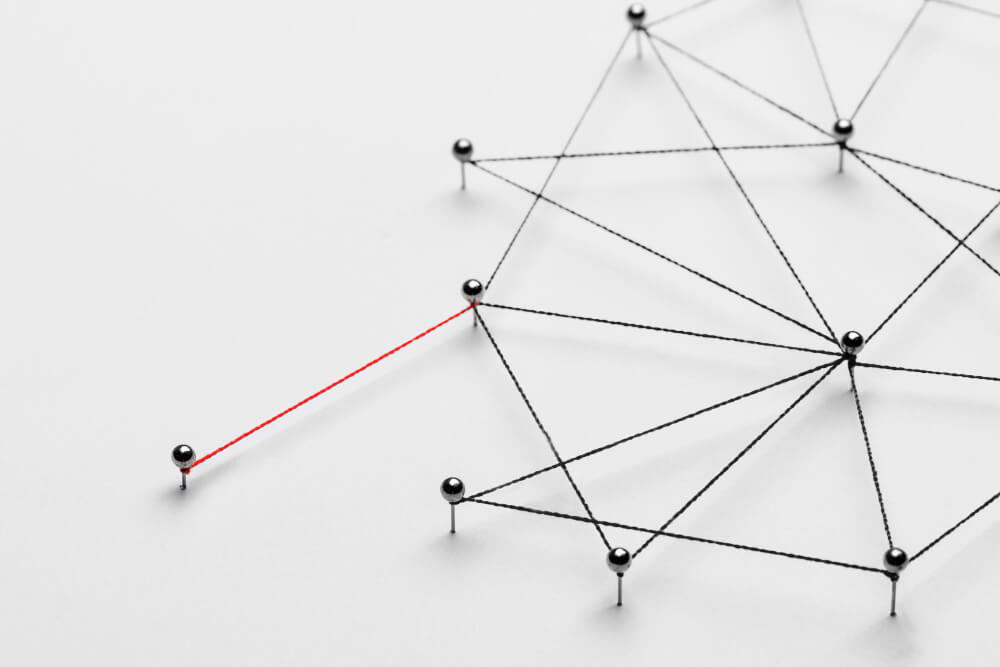
Danehy, who joined Willow last year after 10 years at Brookfield Properties, said he and his colleagues avoid using terms like "smart buildings" or "smart cities" because they sound too vague. The terms sound too vague. But the digital twin has changed his mind.
In my 40-year career in real estate, this is the first time anyone has thought that these kinds of assets are actually smart," he says. There are now 30 or 40 different technology systems deployed in commercial properties, whether it's an office building or a mall, and they have the opportunity to bring all of that together and bring real-time data together."
The data analytics craze is picking up steam
In the mid-2110s, Joshua Ridley, then co-founder and CEO of Willow, and his colleagues were running a previous company when they saw a hot trend starting to emerge in the construction industry, with more and more architects, engineers and construction companies using data in the construction process. So Ridley began linking different types of data to equipment operation manuals and warranty information and using it in building information modeling (BIM).
One of their corporate clients was so pleased with this that they wanted to know if they could continue to use digital modeling after the building was completed," Ridley recalls, "They said to us, 'We don't want to go back to a time when we could only use whiteboards and pens and flipcharts and office corners filled with drawings. '. We wanted to use the valuable information generated during construction and use that as the basis for building management."
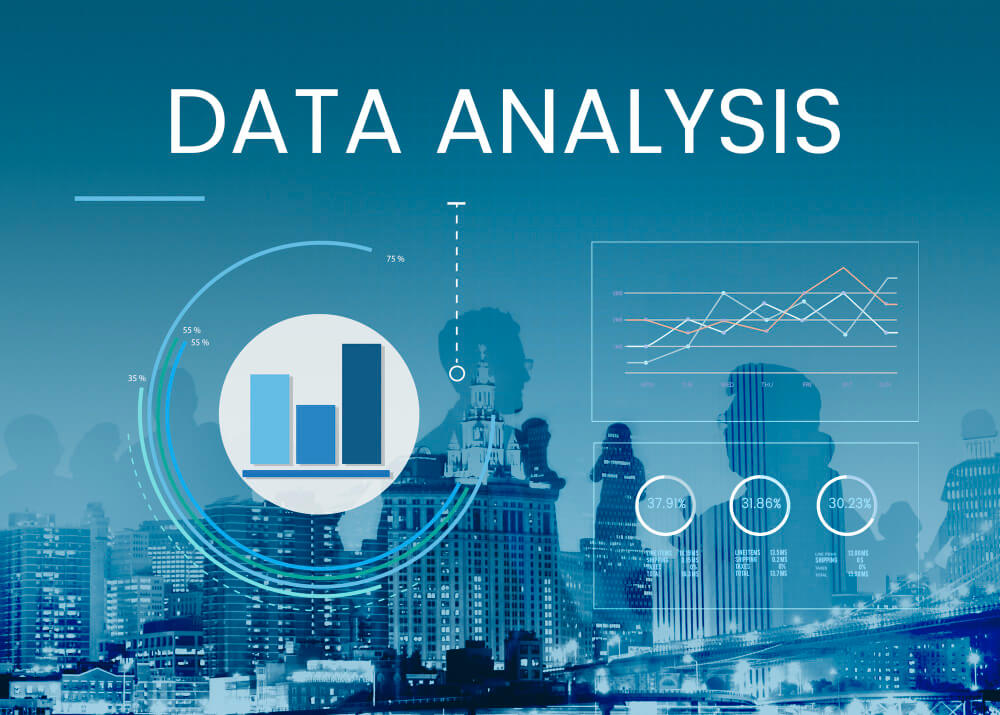
Transforming the construction industry through digital twin modeling
SoFi Stadium, home to NFL teams such as the Los Angeles Rams and Lightning, is also a Willow client. "Our goal was to deliver a new type of fan and visitor experience, and to do that we needed a comprehensive, data-driven view of how all the components of the project connected to each other," explained Jason Gannon, managing director of SoFi Stadium and Hollywood Park.
Willow also partnered with several major technology companies and an international airport in the southwestern U.S. to create a digital twin that includes digital versions of everything from the runway to the terminal. willow also partnered with some of Canada's largest cities to provide a digital twin of their commuter rail systems.
New and Existing Structures
Digital twins are not just for new buildings; according to Ridley, when old buildings are renovated and transformed into smart buildings with technologies such as IoT sensors, they are transformed into a large computer that can generate large amounts of data that can be used by the digital twin.
The digital twin contains multiple layers, Ridley explained, with data on the building's static assets, spatial data on how those assets are distributed throughout, and real-time data flowing from devices. In the past, all of this information was kept separate or used only by the companies that owned the data themselves.
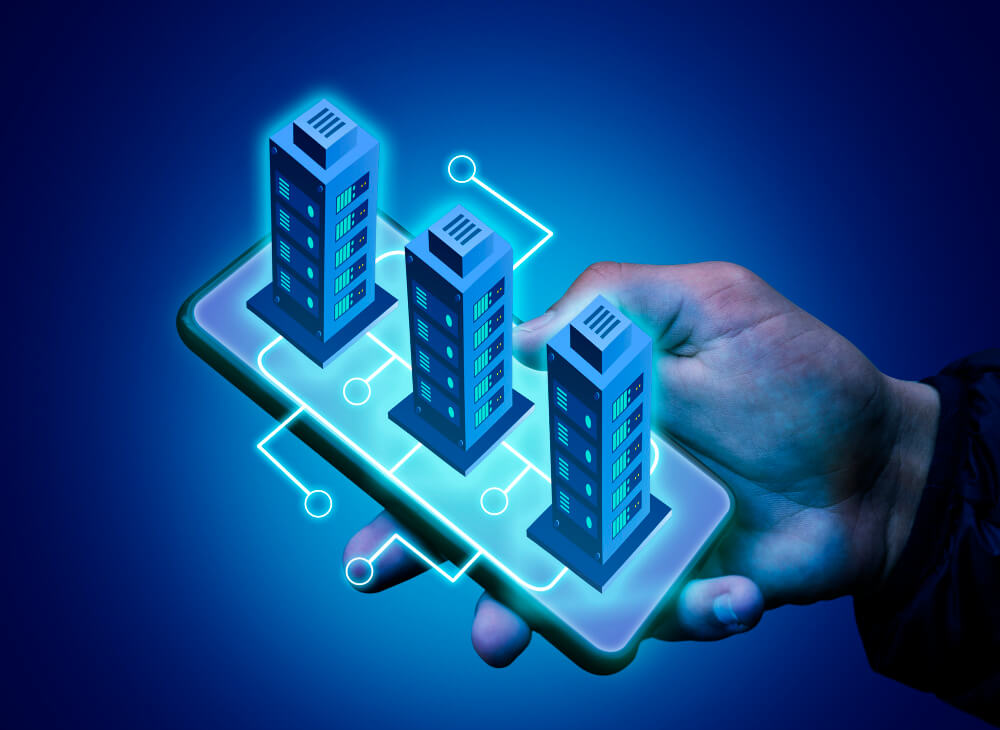
Now, all of this information (millions of data points) flows into the cloud, where platforms can store and analyze this data and provide insights that can be visualized on a computer screen or mobile device in seconds.
The digital twin allows building managers to easily view real-time data about energy use and energy occupancy, as well as historical data such as the operating history of specific equipment (including when it was installed or last inspected). In addition, digital twins can be used to view the performance of elevators or building security systems. This can be helpful to potential buyers or lenders, allowing them to easily access a lot of important information about a property to make an informed decision.
This way, people have fewer assumptions to make and more fact-based decisions," Danehy says. From the lender's perspective, if the risk is lower, the cost of capital is lower. Since you're paying less in interest costs, the value of the asset may be higher."
While the use of digital twins is still in its early stages, Ridley believes the technology will gain further popularity because of the usefulness of digital twins for risk management, meeting environmental-social-governance requirements and maintaining cybersecurity.

